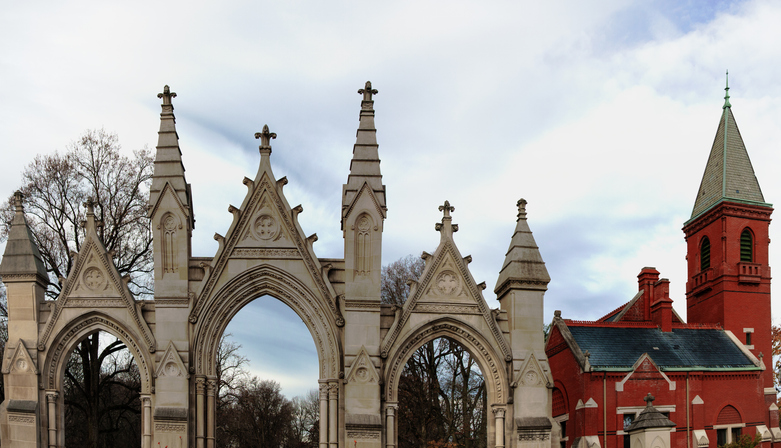
Source: Sanghwan Kim / Getty
Notable Hoosiers That Are Buried At Crown Hill Cemetery
Nestled in the heart of Indianapolis, Crown Hill Cemetery stands as a serene and storied landmark that holds a wealth of Indiana’s history.
Established in 1863, this sprawling 555-acre sanctuary is not only one of the largest cemeteries in the United States but also among the most significant.
Its picturesque landscape, rich historical context, and role as a resting place for generations of Hoosiers make it a cherished part of the state’s heritage.
Crown Hill isn’t just a cemetery; it is a living monument to the lives and achievements of those who shaped Indiana and, in some cases, the nation.
It is the final resting place of many individuals whose contributions have left a lasting impact on politics, arts, science, industry, and beyond.
Walking through its winding paths, one can feel the echoes of history and appreciate the profound legacies that lie within its borders.
Preserving the stories of the past is a central aspect of Crown Hill’s mission.
Visitors can explore miles of trails, take in the panoramic views of Indianapolis from the “Crown,” or simply pause to absorb the quiet splendor of the surroundings.
Take a look below at Notable Hoosiers That Are Buried At Crown Hill Cemetery.
RELATED | Notable People Who Have Passed Away in 2025
1. Robert Irsay
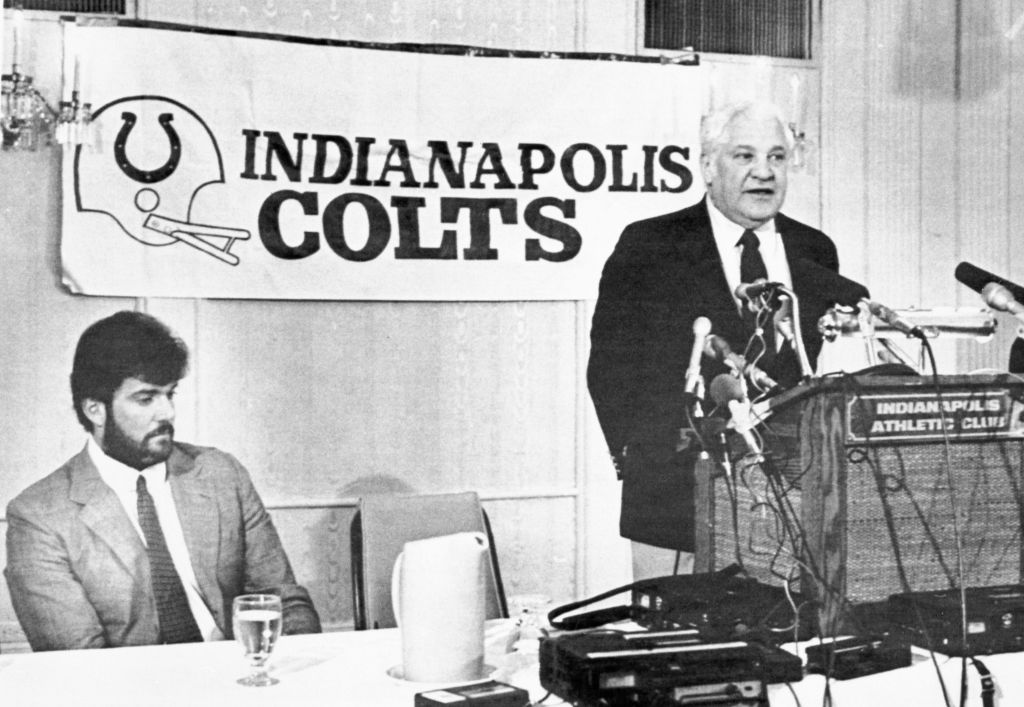 Source:Getty
Source:Getty
Robert Irsay was a businessman best known for owning the Indianapolis Colts NFL team. He purchased the Los Angeles Rams in 1972 and soon traded them for the Baltimore Colts, later relocating the franchise to Indianapolis in 1984. His significant contribution lies in establishing the Colts as a key part of Indianapolis’ sports identity.
2. James Whitcomb Riley
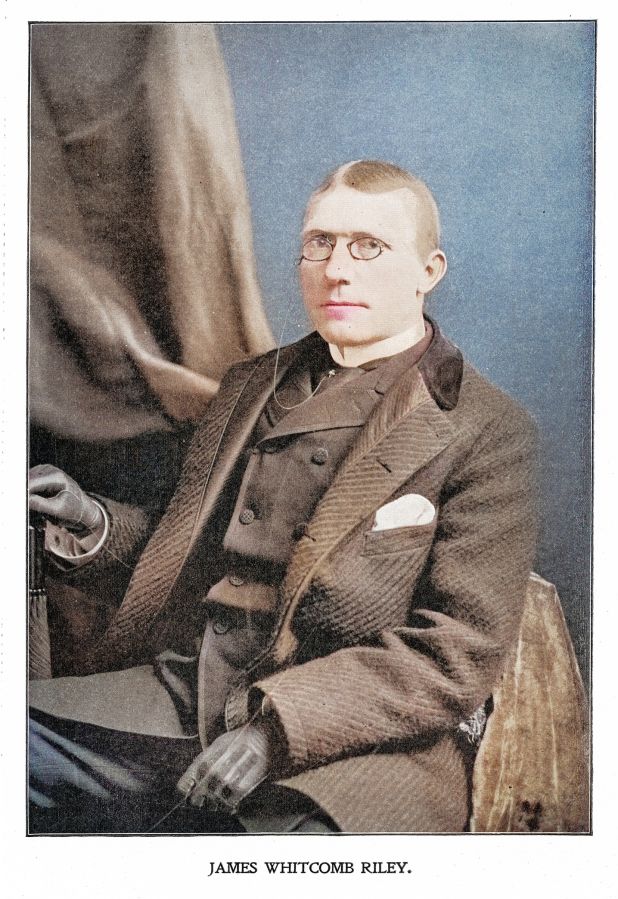 Source:Getty
Source:Getty
Known as the “Hoosier Poet,” James Whitcomb Riley gained fame for his works capturing the spirit of rural life in Indiana. His most popular poems, such as “Little Orphant Annie” and “The Raggedy Man,” exemplify his talent for storytelling in Midwestern dialect. Riley’s legacy includes founding Riley Hospital for Children in Indianapolis.
3. Oliver Hazard Perry T. Morton
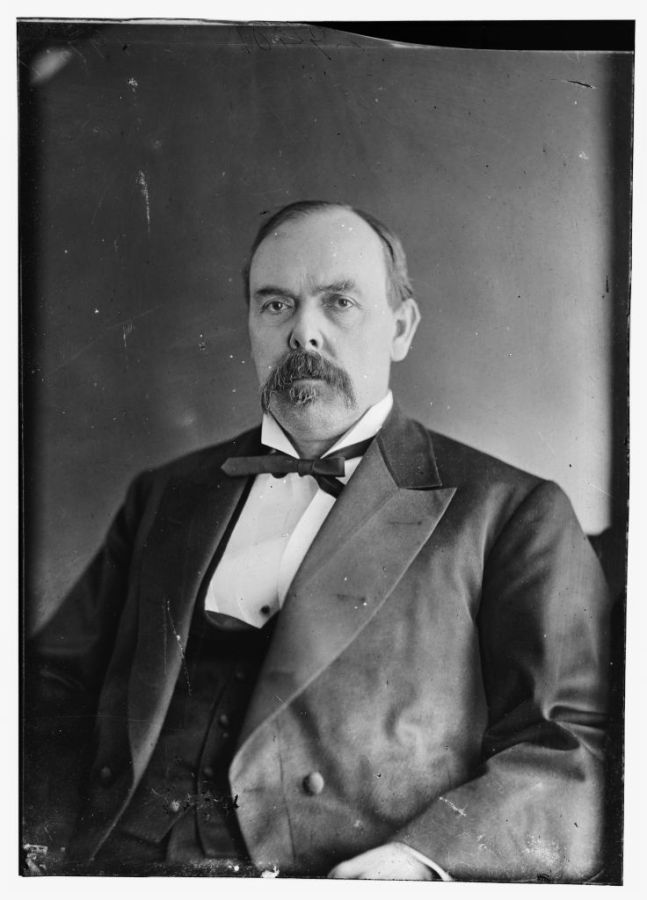 Source:Getty
Source:Getty
Oliver Morton was Indiana’s governor during the Civil War and a staunch supporter of the Union. He played a critical role in ensuring Indiana’s contributions to the war effort, such as recruiting troops and securing funding. Later, as a U.S. Senator, Morton advocated for Reconstruction policies.
4. Booth Tarkington
 Source:Getty
Source:Getty
Booth Tarkington was a novelist and playwright whose works, including “The Magnificent Ambersons” and “Alice Adams,” earned him two Pulitzer Prizes for Fiction. Known for depicting life in the Midwest, his work remains a classic portrayal of America’s changing society in the early 20th century.
5. Richard Jordan Gatling
 Source:Getty
Source:Getty
Inventor Richard Gatling revolutionized warfare with the invention of the Gatling gun, one of the first successful rapid-fire weapons. He designed it to reduce battlefield deaths through efficiency. Beyond weapons, he held numerous patents for agricultural and industrial machinery.
6. Bob Jenkins
 Source:Getty
Source:Getty
Bob Jenkins was a beloved motorsport broadcaster, particularly recognized for his commentary on the Indianapolis 500. With a career at ESPN and the Indianapolis Motor Speedway Radio Network, Jenkins became an iconic voice in American auto racing.
7. Frank H. Wheeler
 Source:Crown Hill Cemetary
Source:Crown Hill Cemetary
Frank H. Wheeler was an automotive industrialist who co-founded the Wheeler-Schebler Carburetor Company, a key supplier in the early motor industry. He was also instrumental in the development of the Indianapolis Motor Speedway, helping to establish it as the “Racing Capital of the World.”
8. Arthur C. Newby
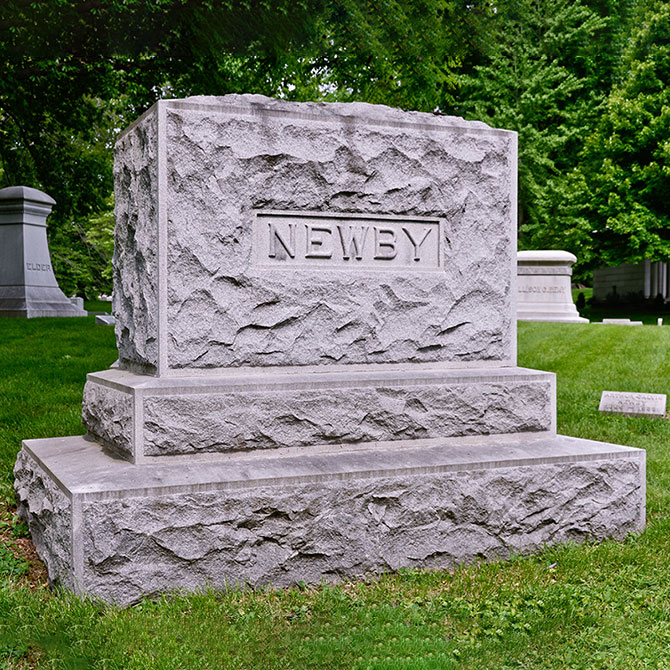 Source:Crown Hill Cemetary
Source:Crown Hill Cemetary
Arthur Newby was a businessman and co-founder of the Indianapolis Motor Speedway. He contributed to the growth of Indiana’s automotive and sporting industries and played a role in advancing bicycle manufacturing during the late 19th century.
9. James A Allison
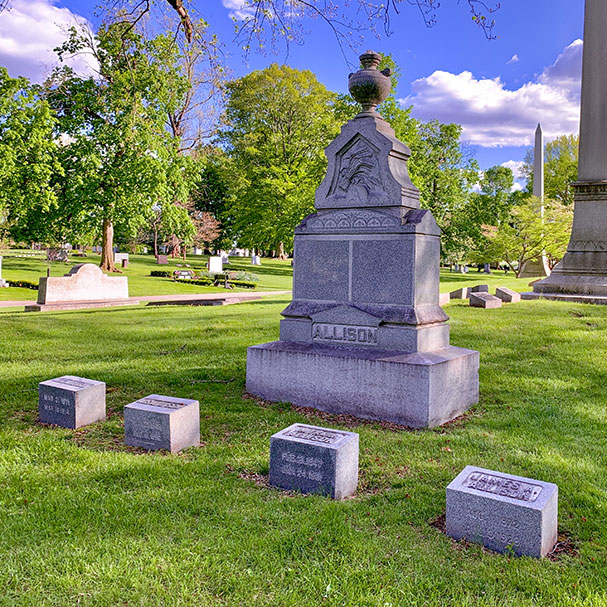 Source:Crown Hill Cemetary
Source:Crown Hill Cemetary
James Allison co-founded the Indianapolis Motor Speedway and was a pioneer in automotive engineering. He later established the Allison Engineering Company, which evolved into Allison Transmission, a leader in aviation engines and vehicle systems.
10. Carl G Fisher
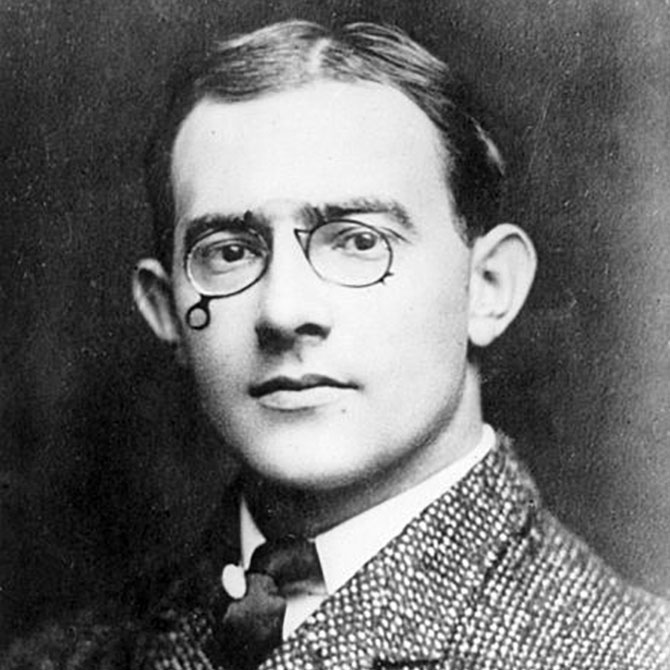 Source:Crown Hill Cemetary
Source:Crown Hill Cemetary
Carl Fisher was an entrepreneur and visionary behind the Indianapolis Motor Speedway and the Lincoln Highway, America’s first transcontinental road. His work revolutionized both racing and American infrastructure, fostering the development of the modern automobile industry.
11. Eli Lilly
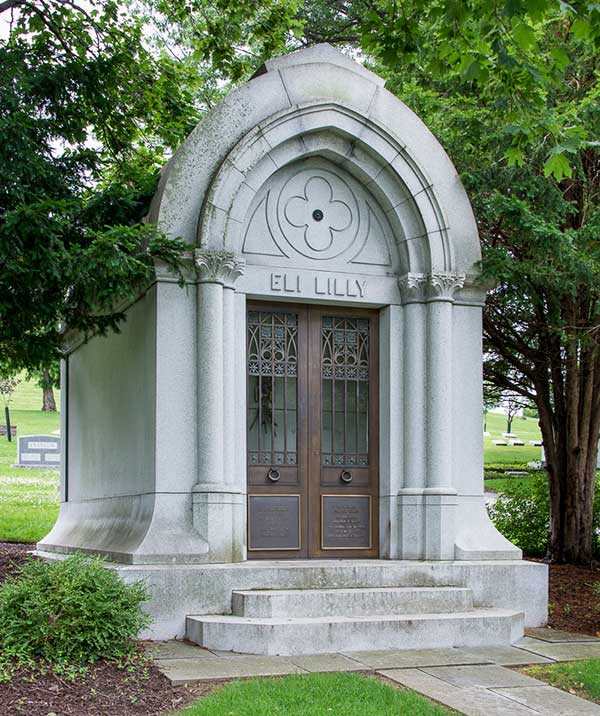 Source:Crown Hill Cemetary
Source:Crown Hill Cemetary
Eli Lilly founded the pharmaceutical company Eli Lilly and Company in 1876, focusing on creating standardized medicines. Today, the company is a global leader in pharmaceuticals, with Lilly’s innovations setting new standards in drug manufacturing and delivery.
12. May Wright Sewall
 Source:Getty
Source:Getty
May Wright Sewall was an educator, suffragist, and advocate for women’s rights. A leader in the women’s suffrage movement, she co-founded the National Council of Women. Sewall also advanced education in Indianapolis through the Girls’ Classical School.
13. Thomas Andrews Hendricks
 Source:Getty
Source:Getty
Thomas Hendricks was a politician who served as a U.S. Congressman, Senator, and Vice President under Grover Cleveland in 1885. He was a prominent advocate for states’ rights and a leader in the Democratic Party during the post-Civil War era.
14. Thomas R. Marshall
 Source:Getty
Source:Getty
Thomas R. Marshall served as Vice President under Woodrow Wilson from 1913 to 1921. Known for his wit and humor, he gained recognition for his steady leadership and support of Wilson’s policies during World War I and the Progressive Era.
15. Charles W Fairbanks
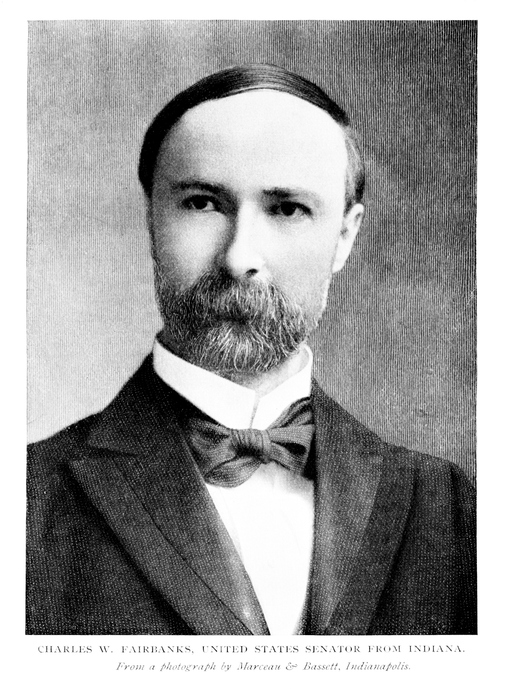 Source:Getty
Source:Getty
Charles Fairbanks was a politician who served as a U.S. Senator from Indiana and Vice President under Theodore Roosevelt from 1905 to 1909. He played a key diplomatic role in strengthening U.S.-Japan relations during his tenure.
16. John Dillinger
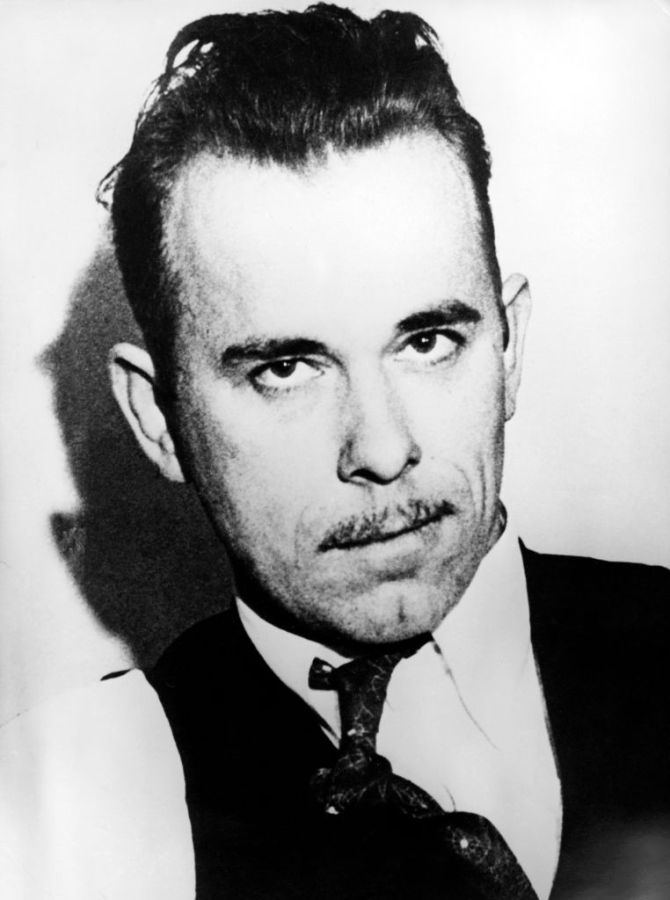 Source:Getty
Source:Getty
John Dillinger was a notorious bank robber during the Great Depression, becoming a symbol of outlaw rebellion. His crime spree captivated public attention and led to major advancements in law enforcement tactics, including the creation of the FBI.
17. Pual Hadley
 Source:n/a
Source:n/a
Paul Hadley was an artist and designer best known for creating the Indiana state flag, officially adopted in 1917. His work on the flag symbolized Indiana’s history and unity, leaving a lasting contribution to the state’s identity.


